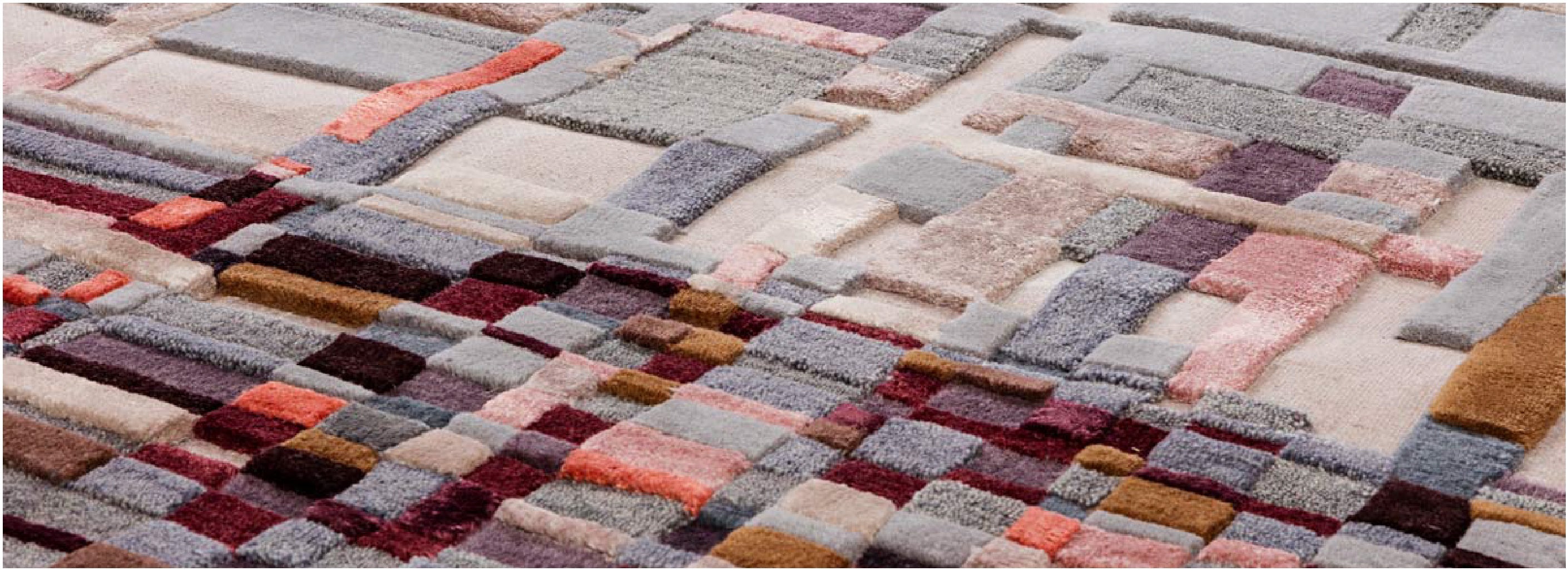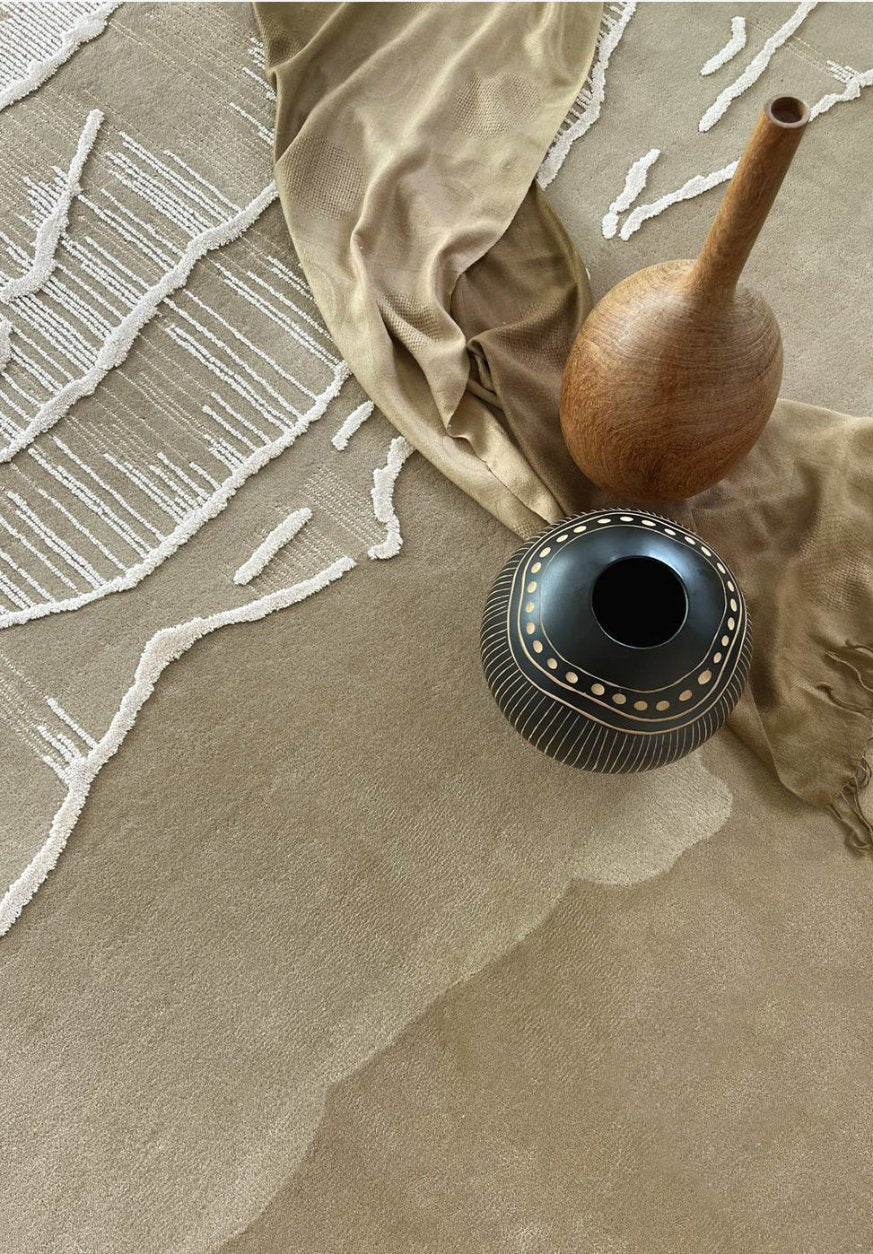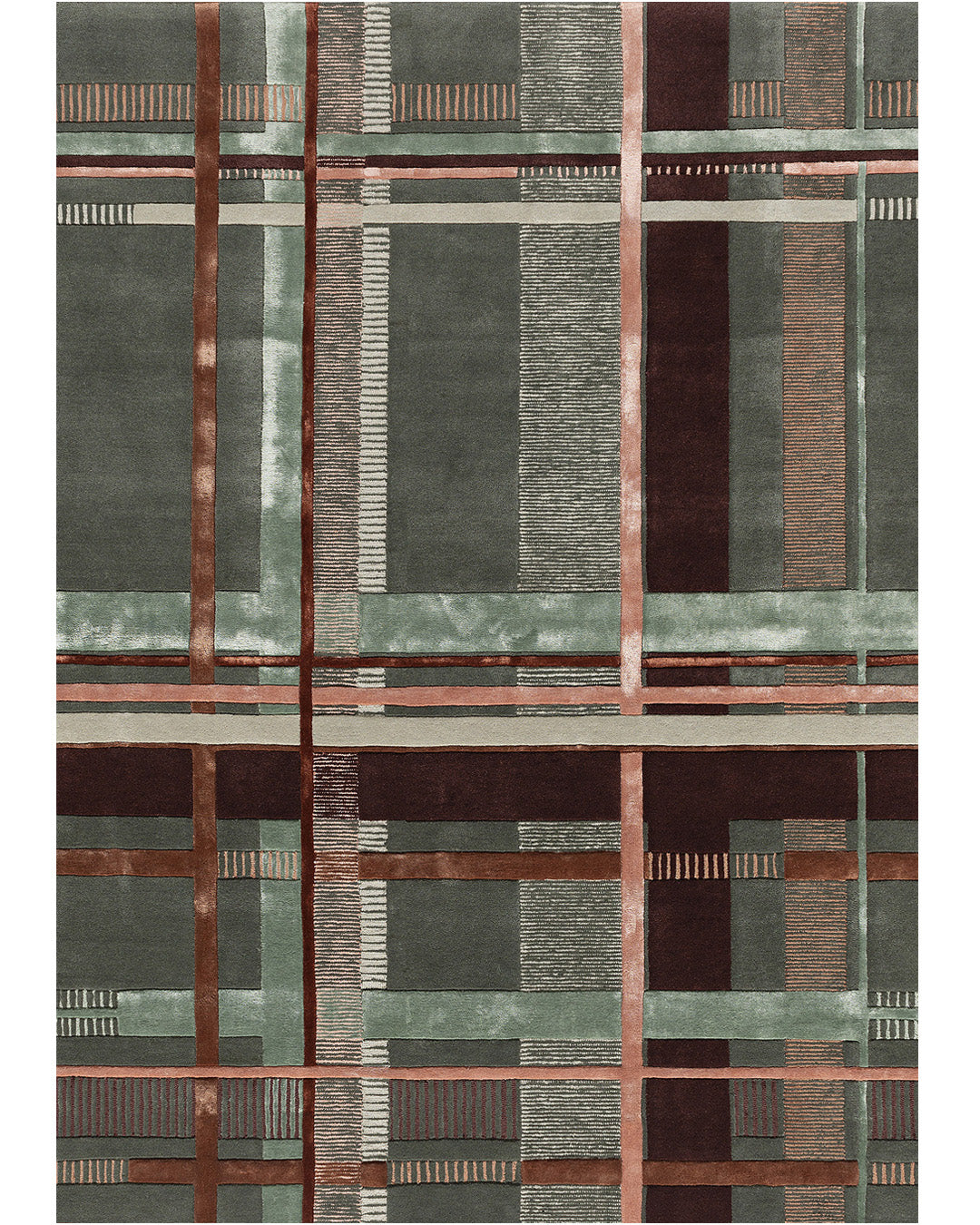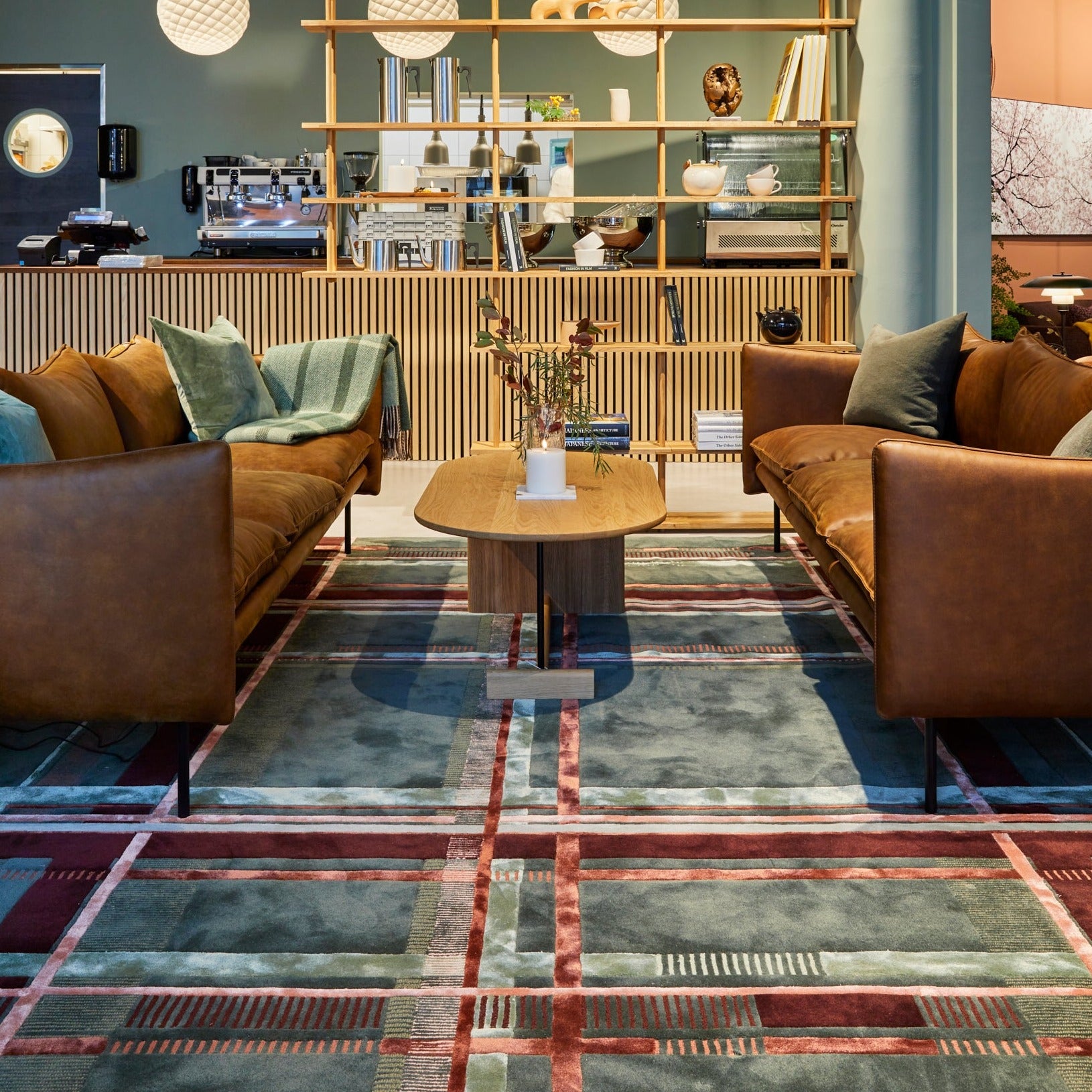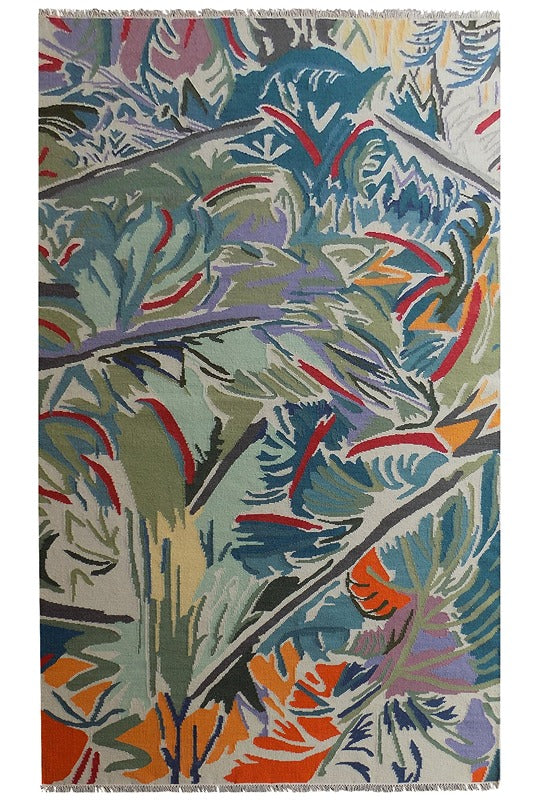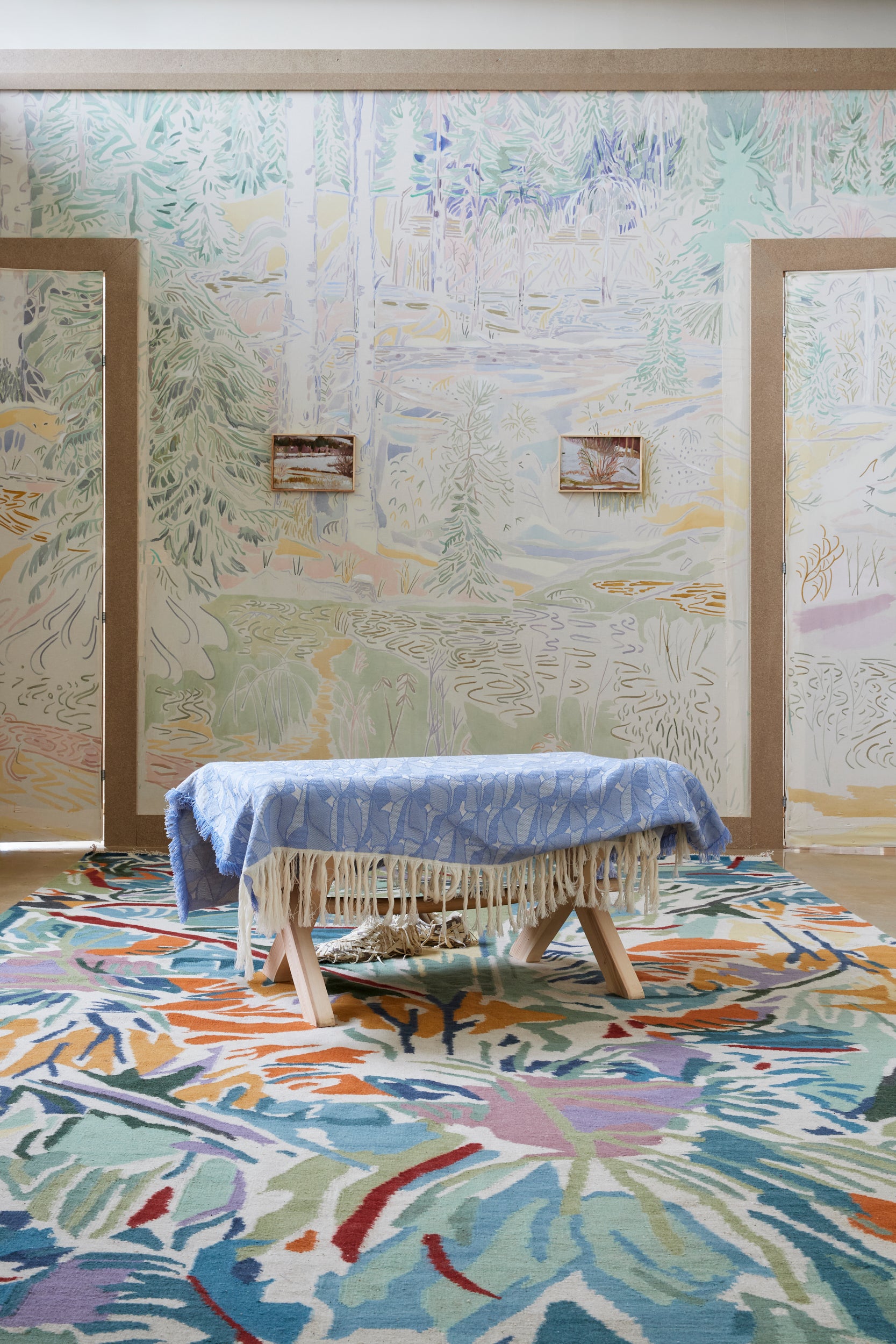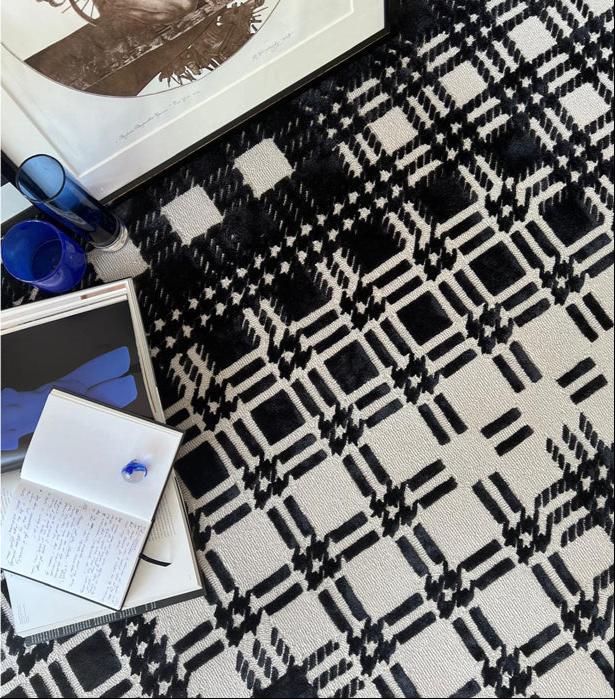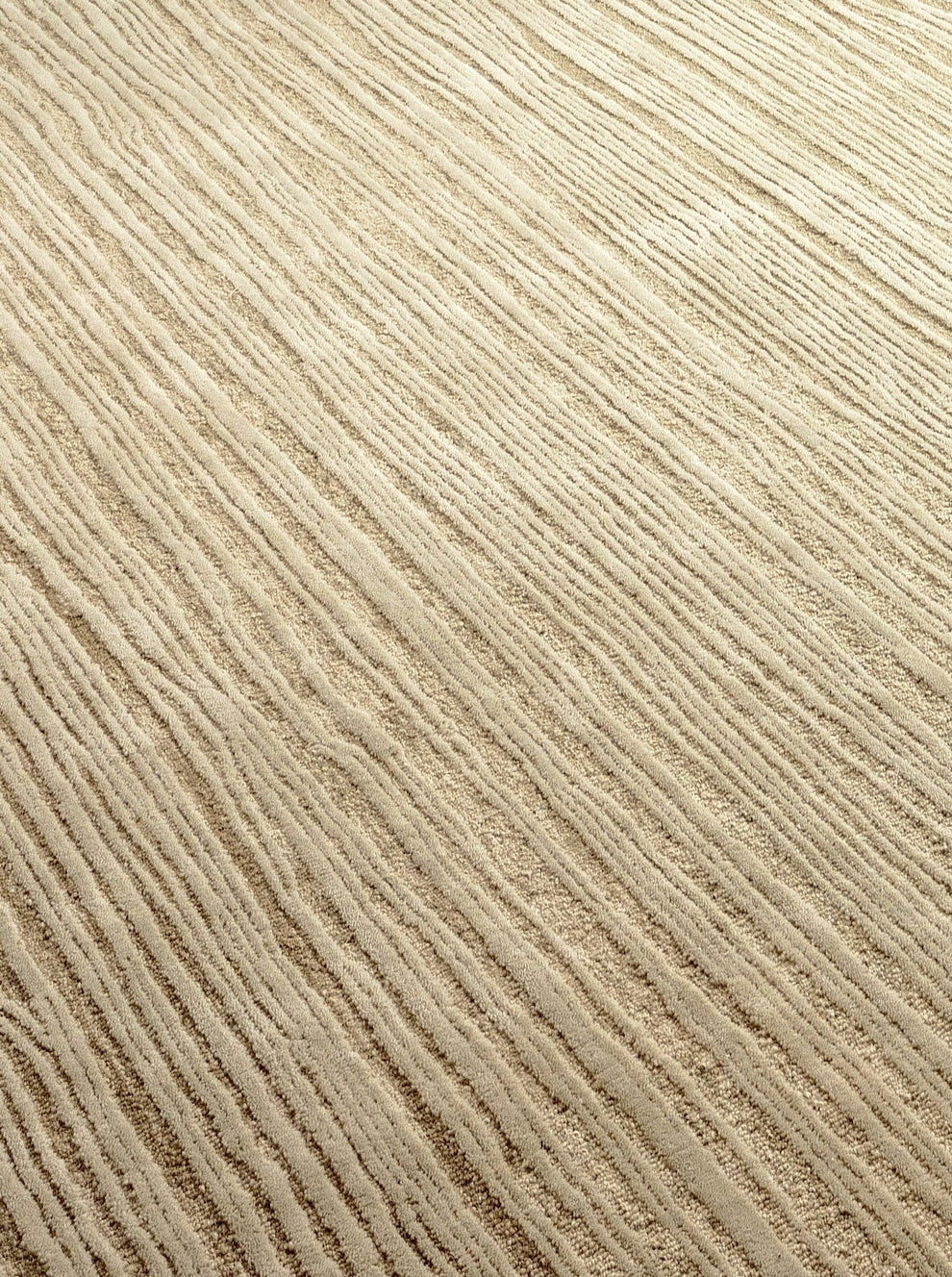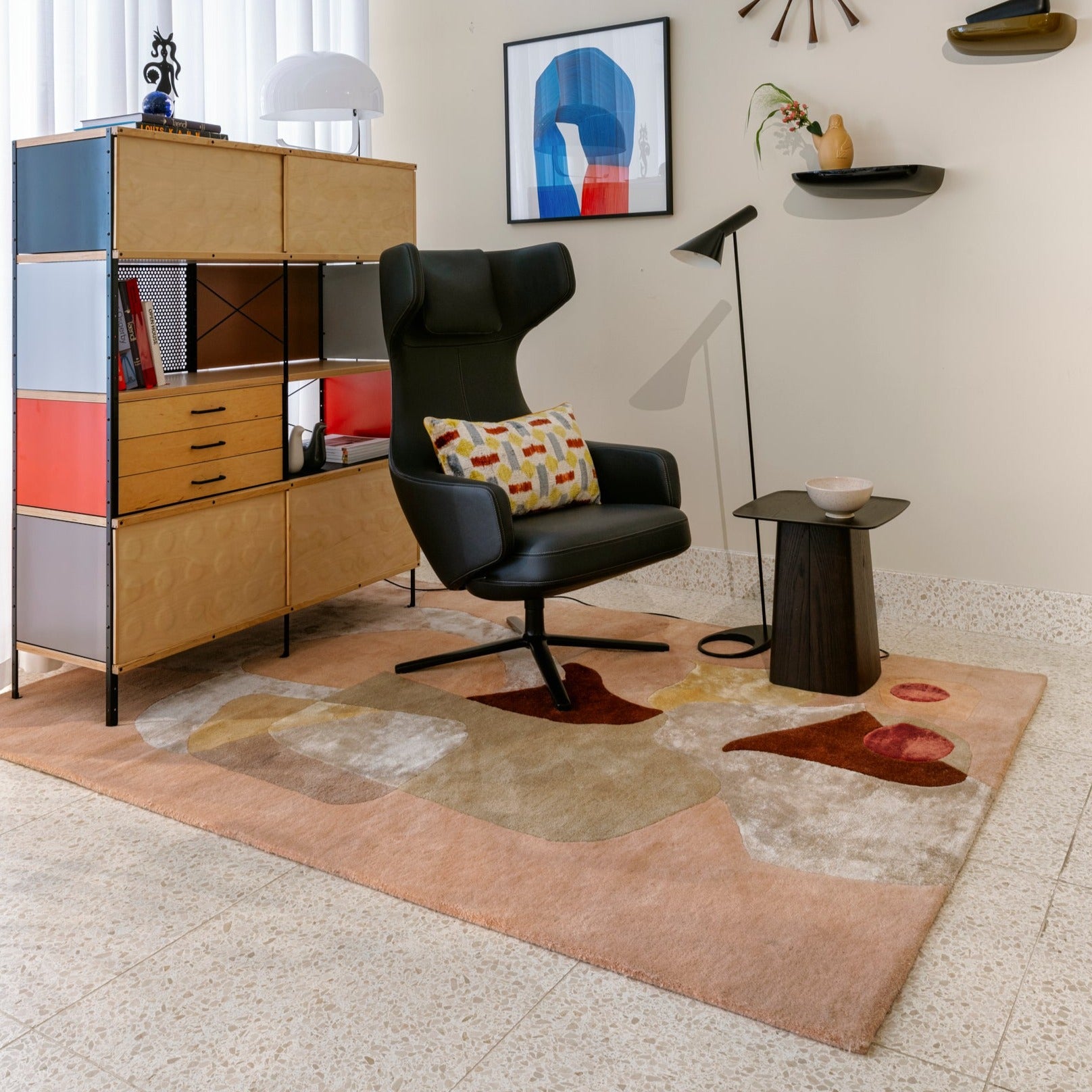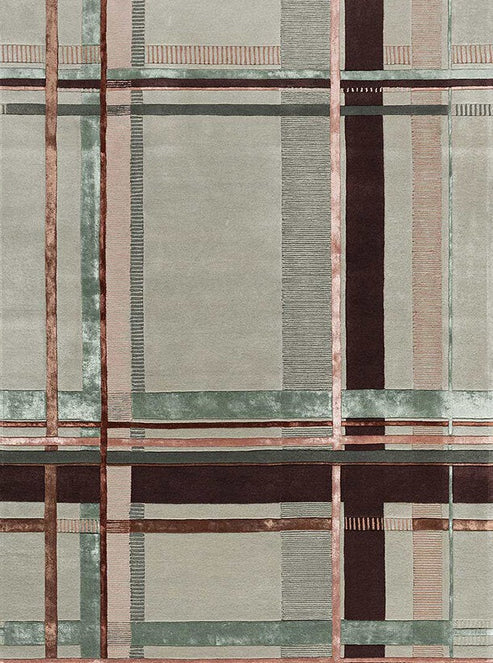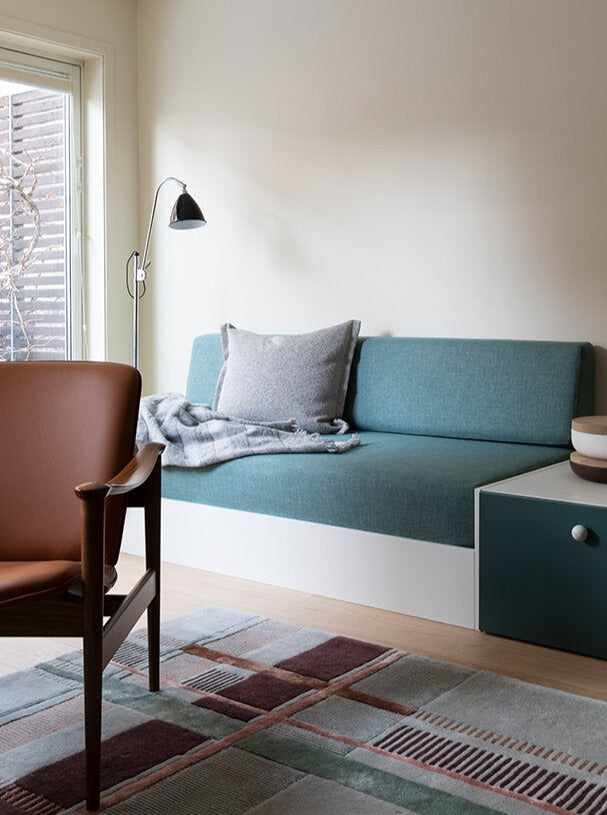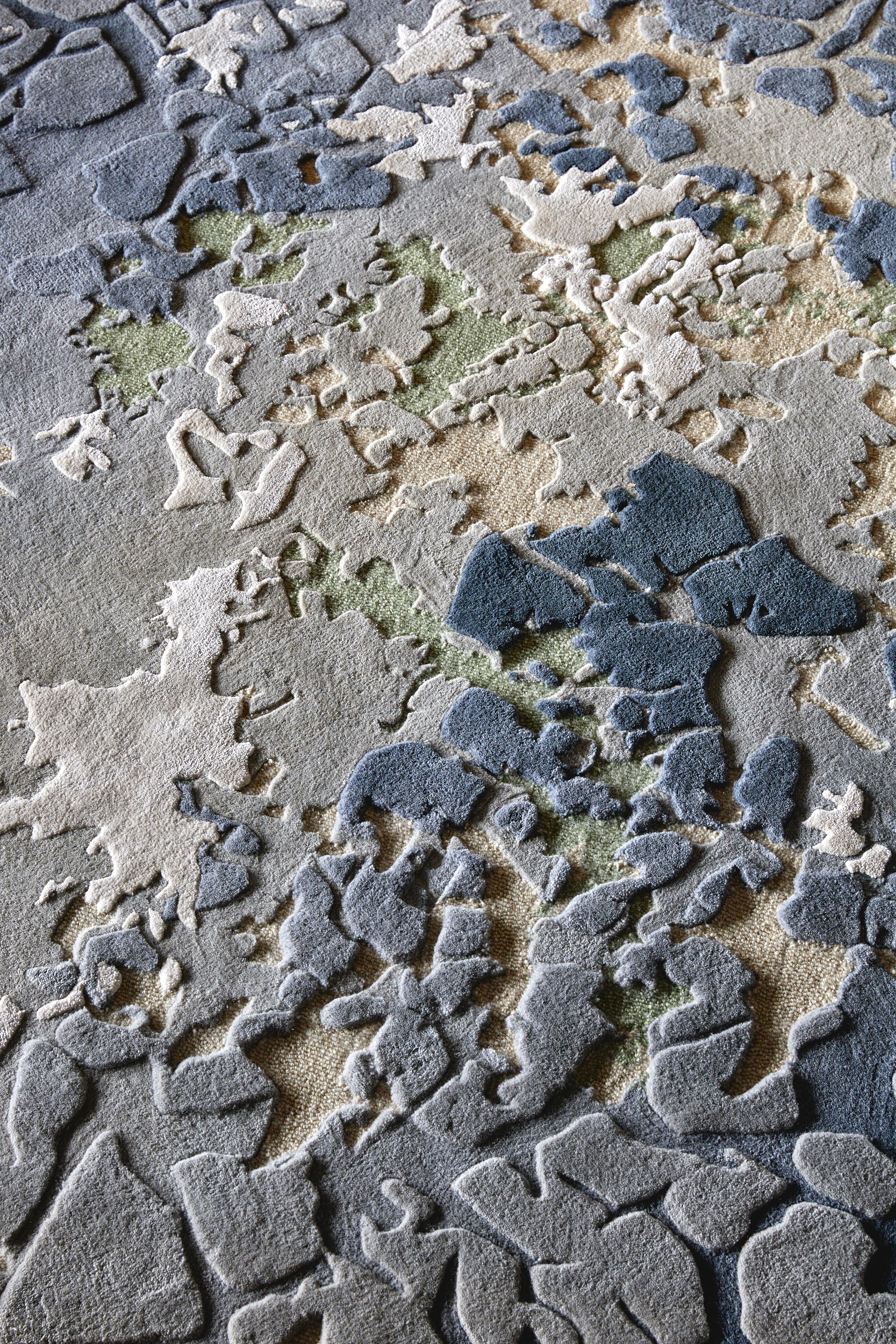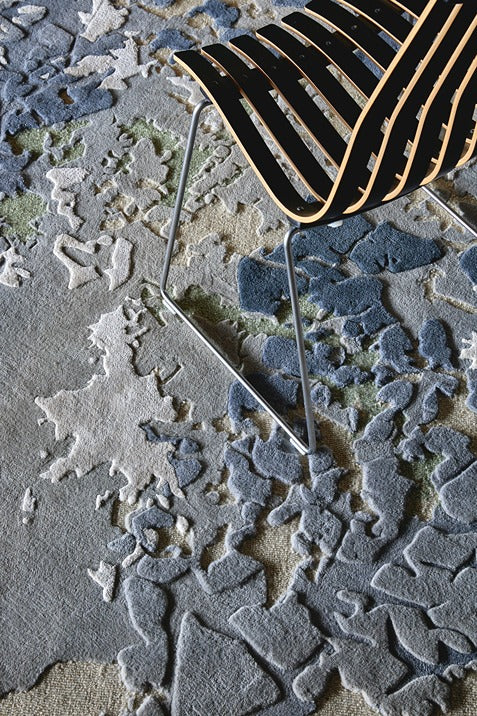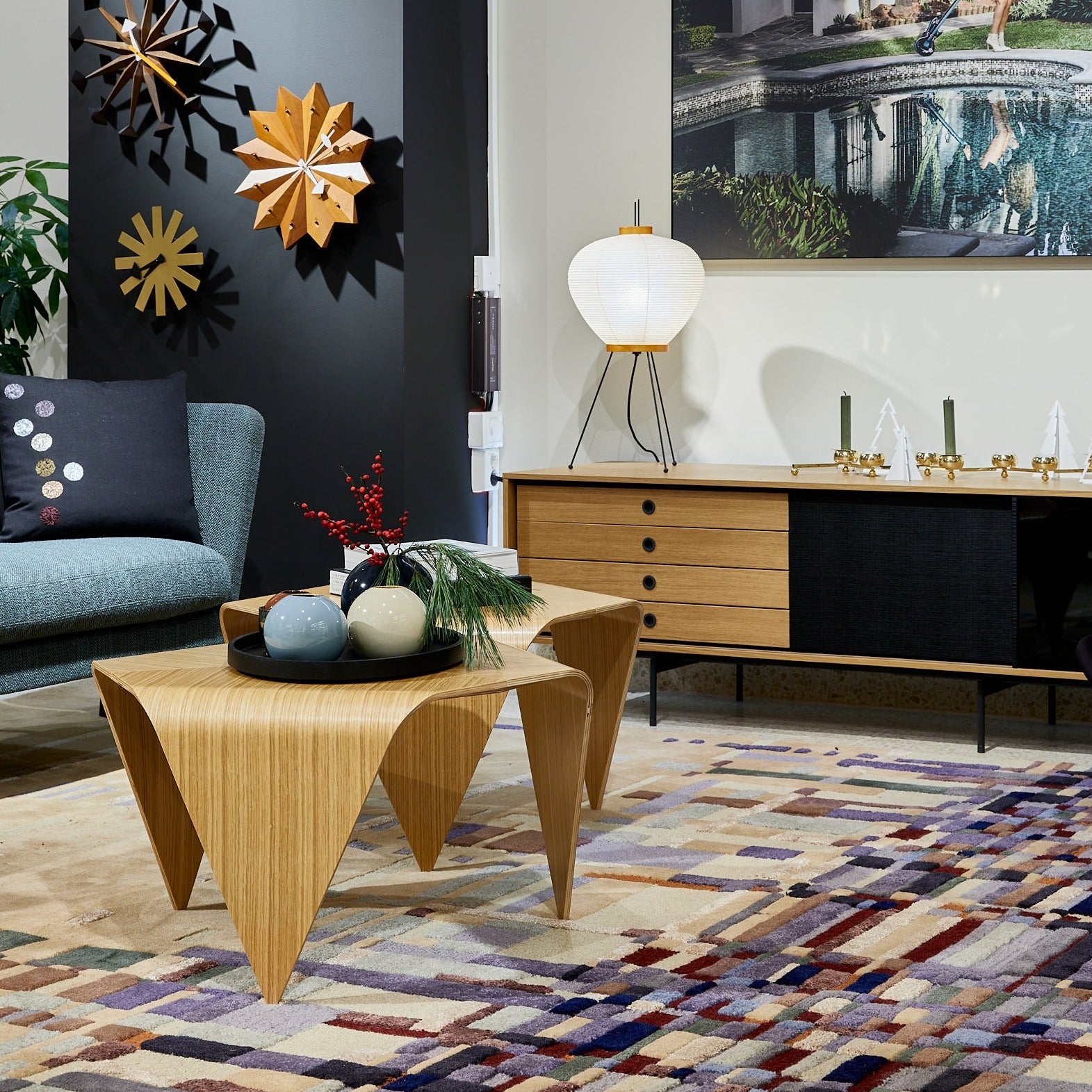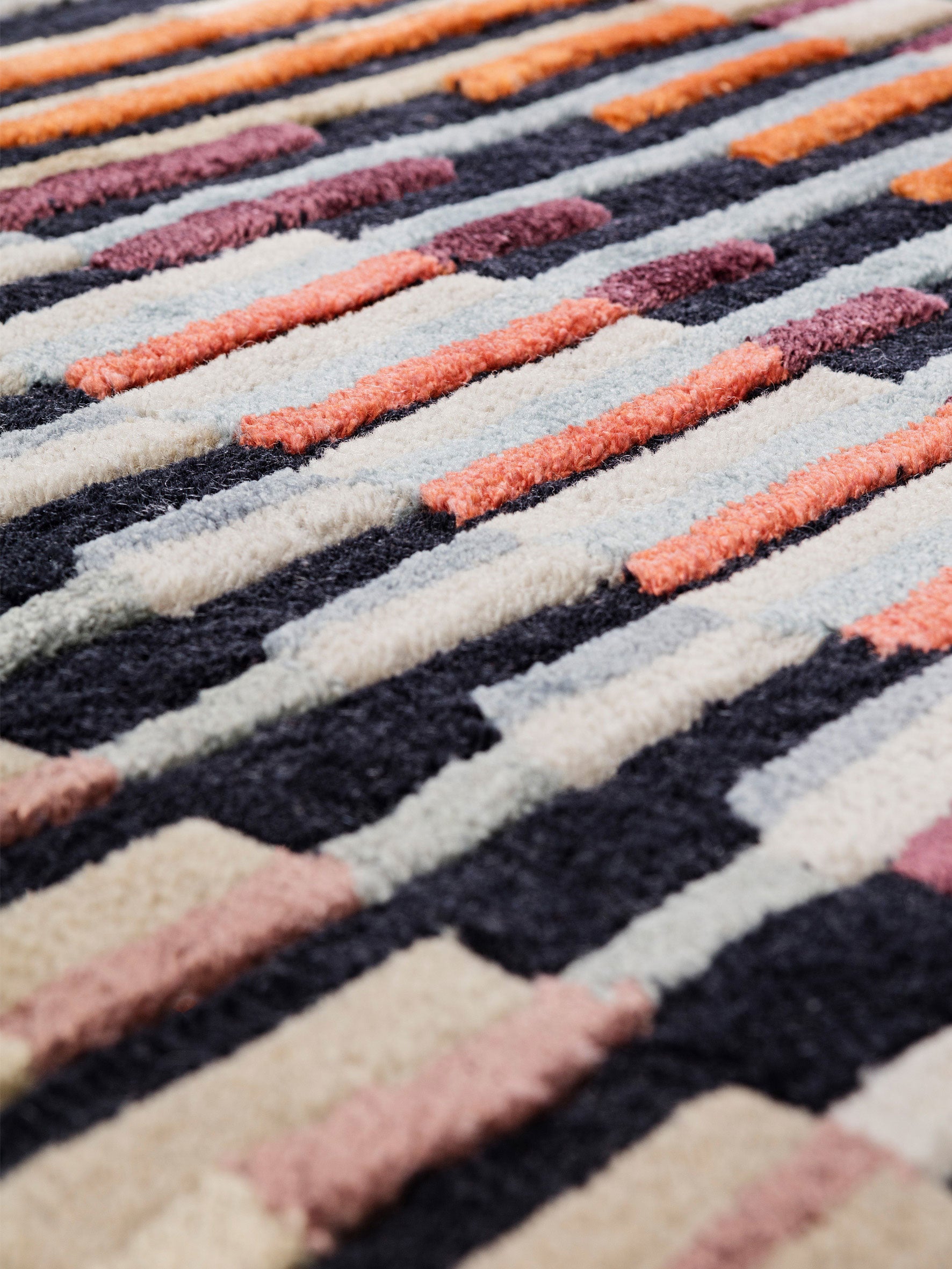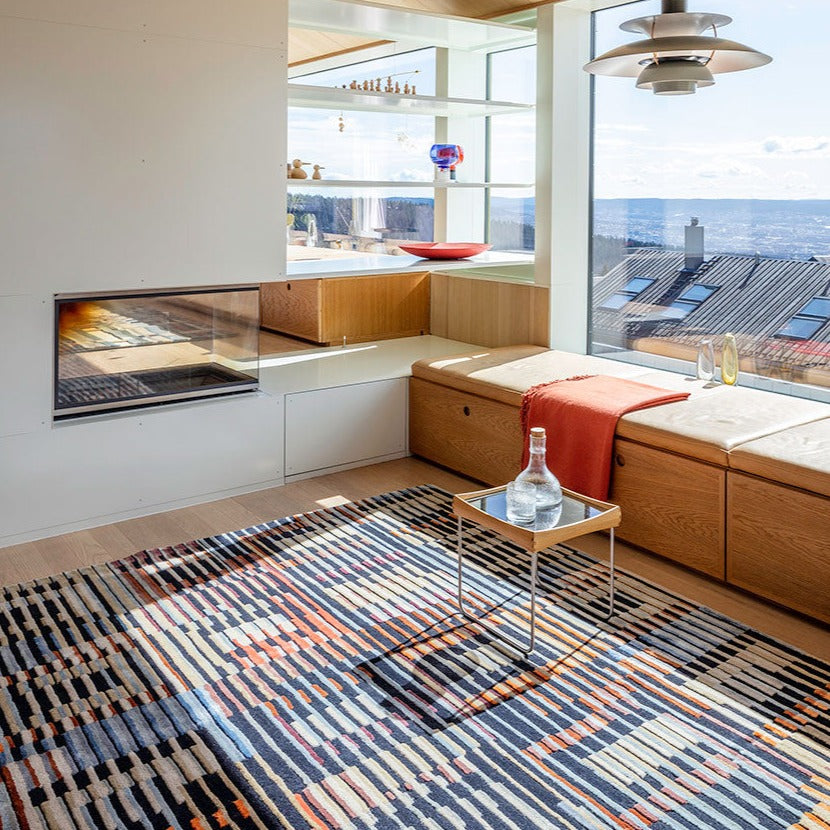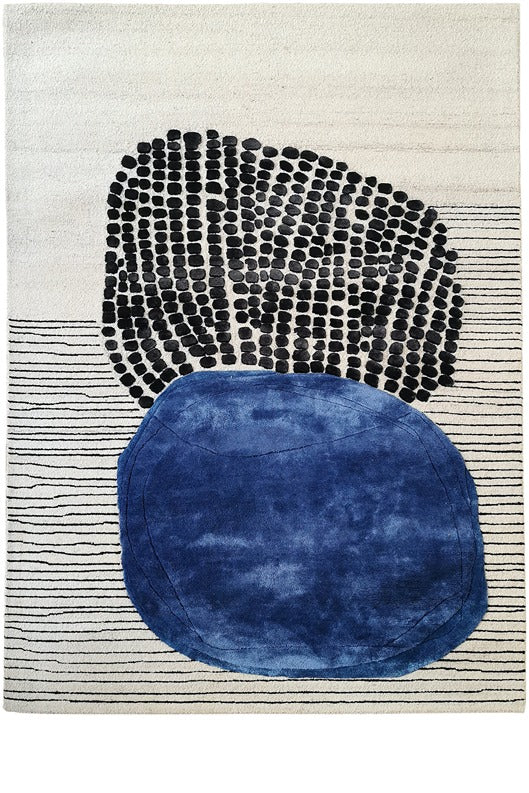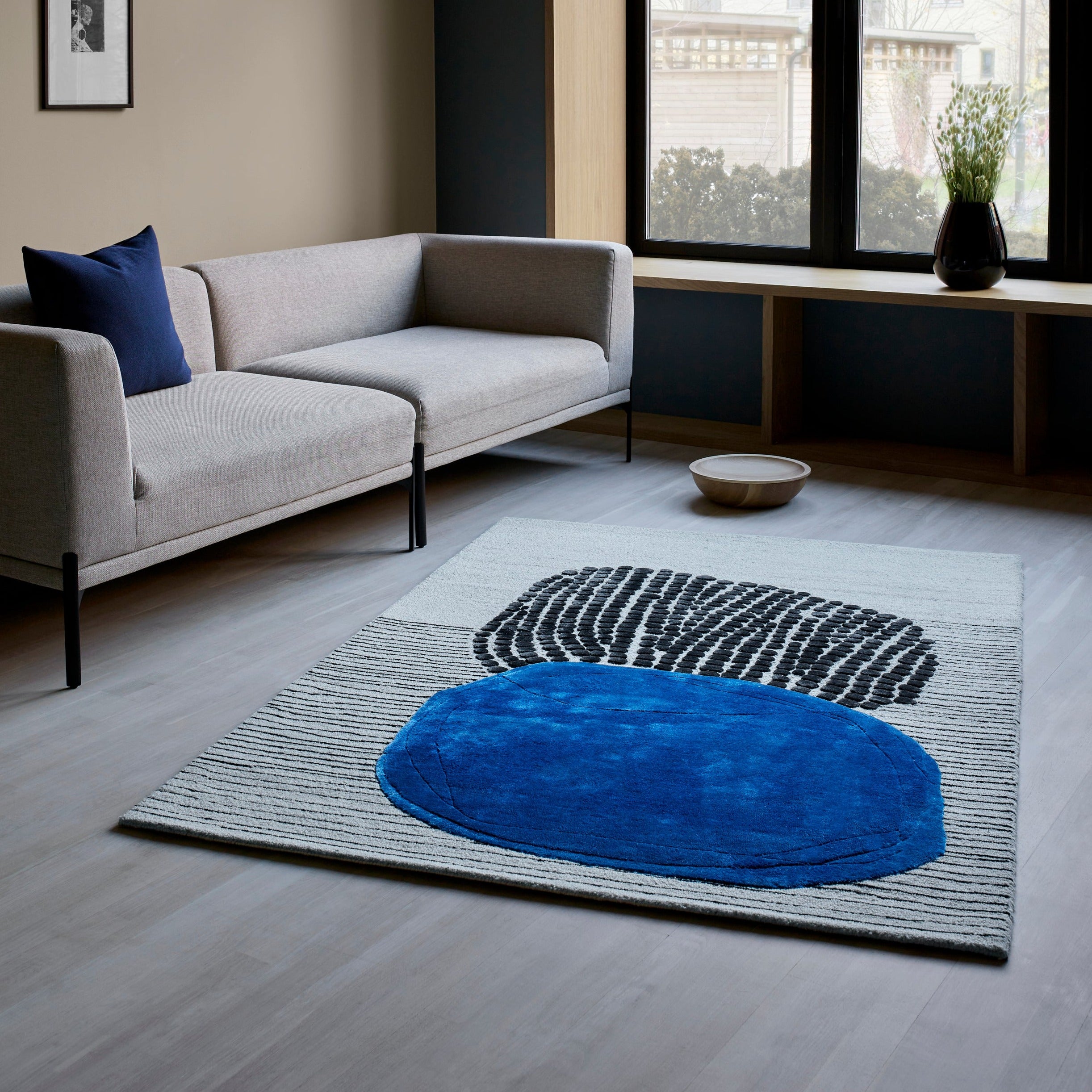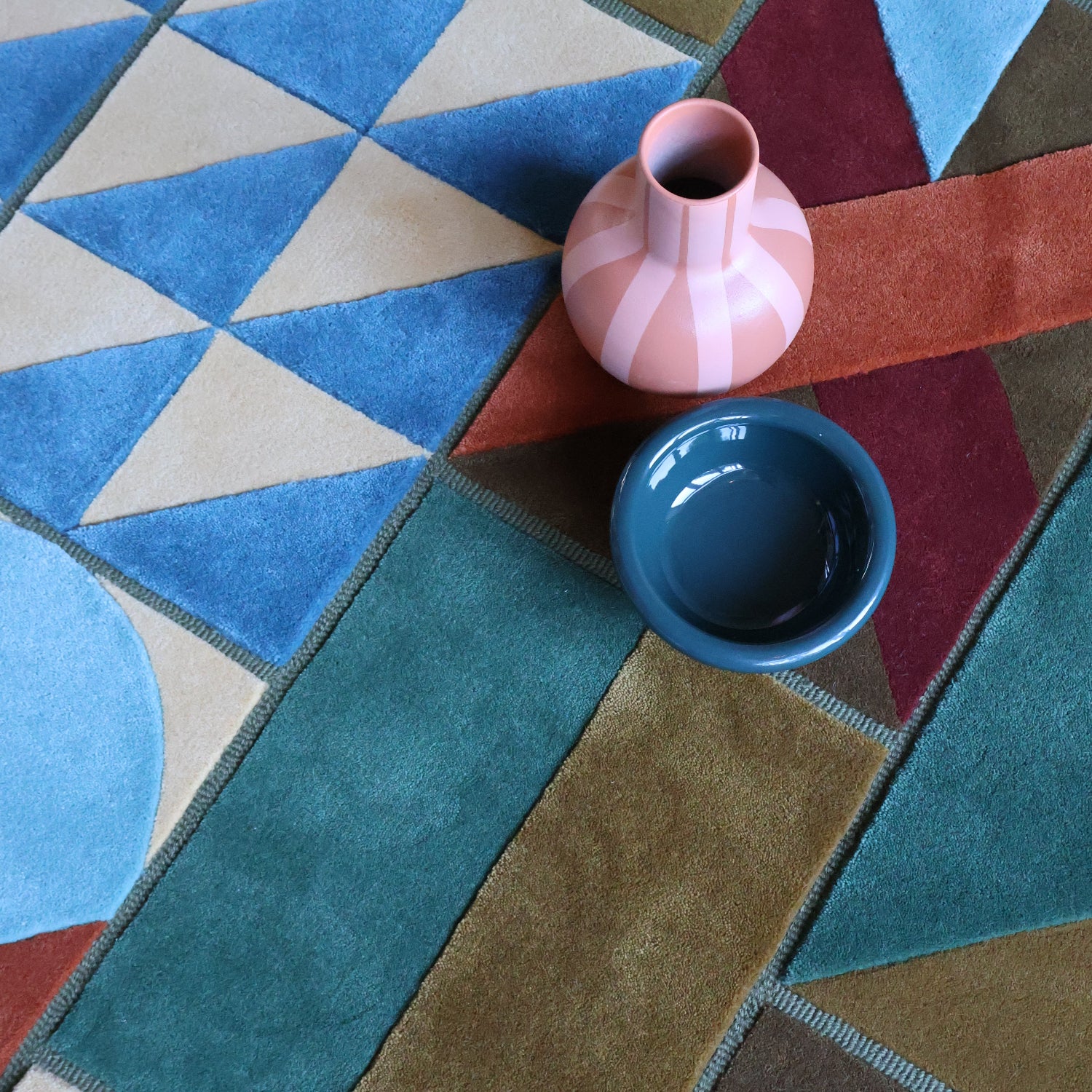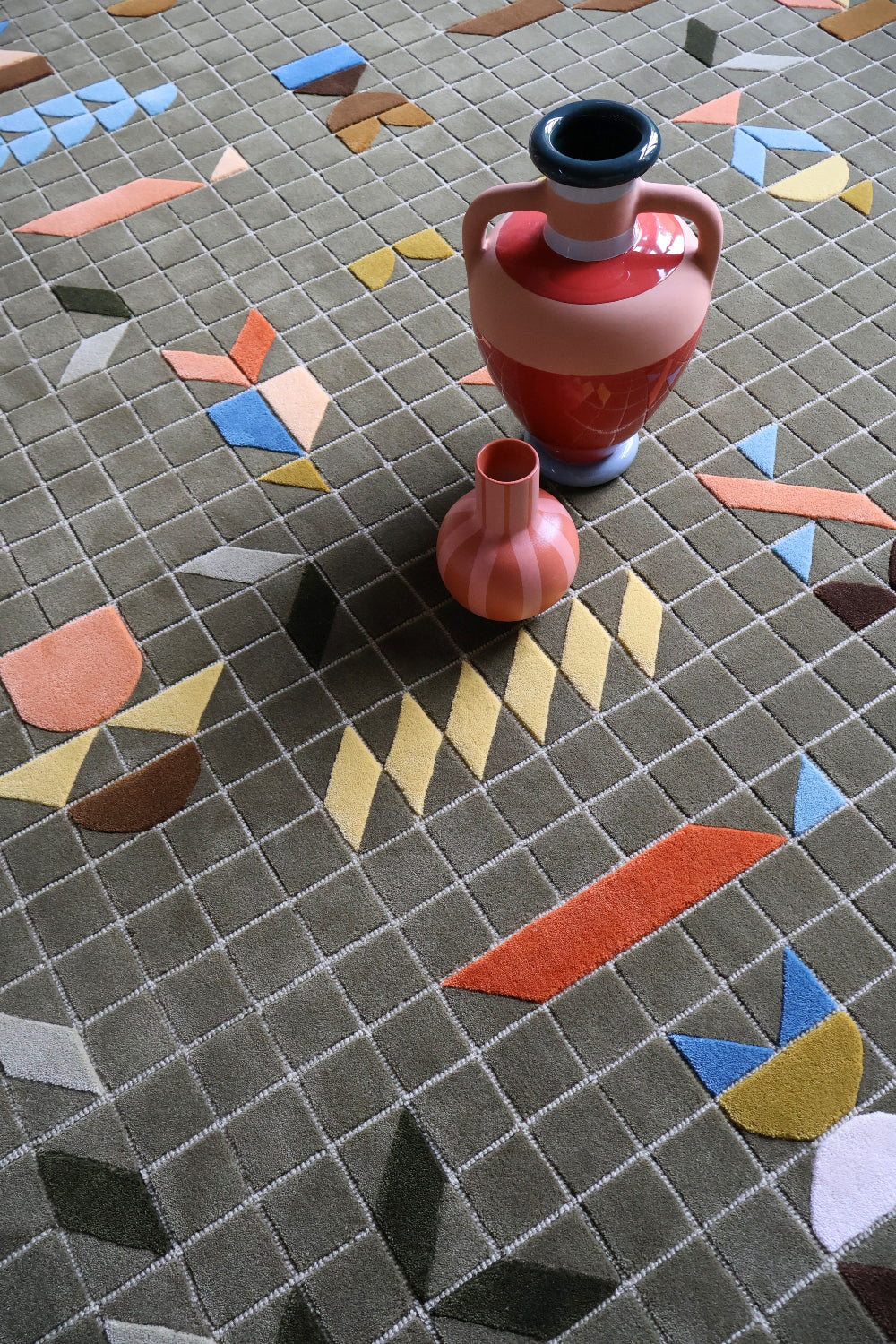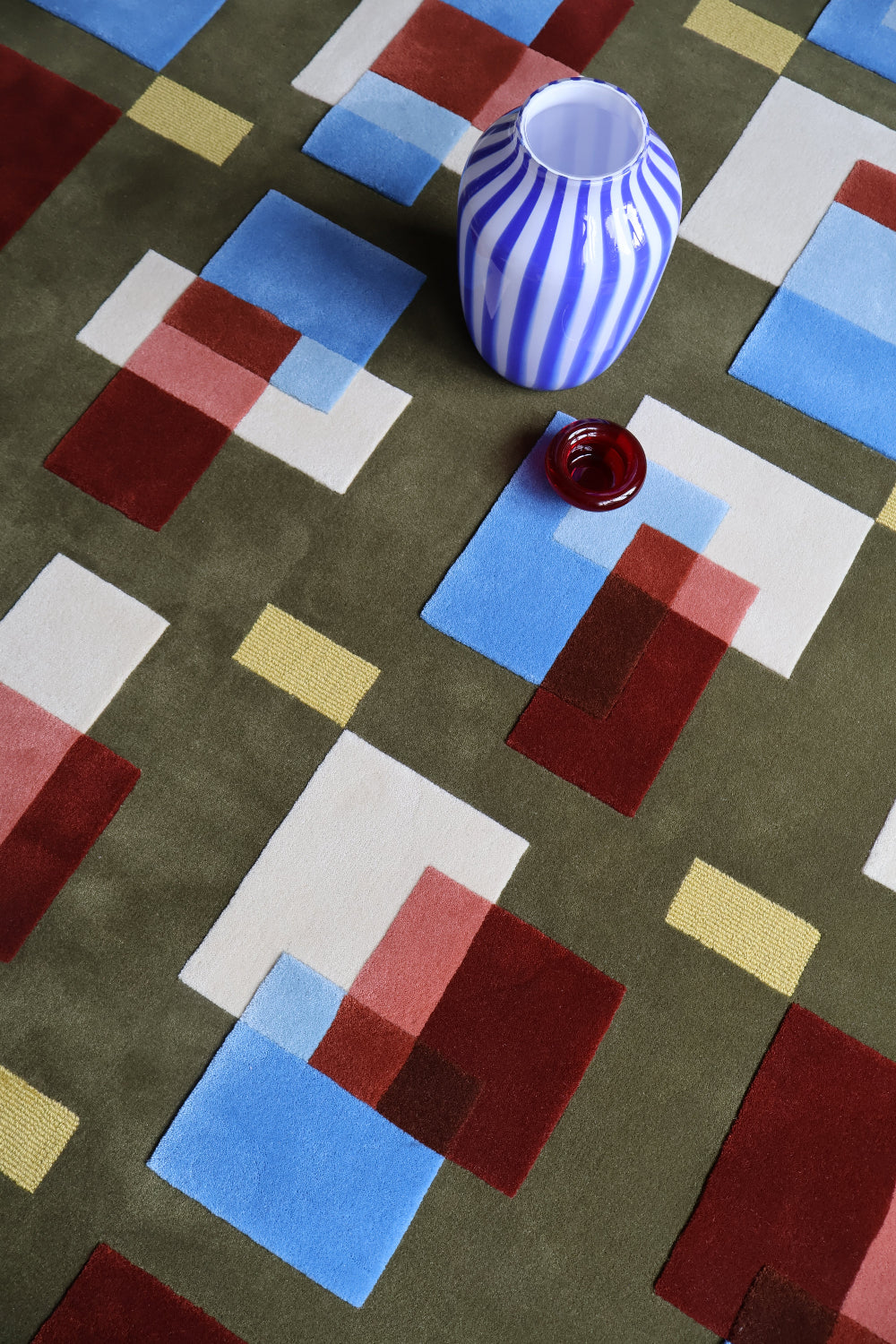What You Should Know Before Choosing Boutique Rugs
The calm is real: sound softens, light feels grounded, and the room finally clicks. That’s why people seek out boutique rugs. The best ones don’t just decorate; they change how a space behaves. If you’re weighing 8x10 area rugs against larger footprints, remember that scale shapes acoustics and flow as much as color or pattern (you’ll thank yourself later). Beautiful brands like Volver Studios show how boutique rugs can reconnect interiors to nature and bring character to both private and public spaces.
Which Rug Fibers Are Best for Durability and Feel?
To be totally honest, wool wins most homes. It’s resilient, naturally stain-resistant, and holds dye beautifully; silk adds luminous contrast in low-traffic zones; cotton quietly stabilizes the foundation. We’ve noticed our clients tend to choose wool over viscose because wool springs back after chair legs and daily traffic, while viscose needs fussier care, so take that for what it’s worth. When layouts get tricky, custom size area rugs let you keep premium fibers and still nail proportions across odd alcoves.
Are Synthetic Rugs Worth It in Real Homes?
They can dazzle on day one, but friction and sunlight are unforgiving. We tested wool, wool–silk, and viscose in bright, south-facing rooms; wool retained color depth and bounce longer, and it made a huge difference. If the room is truly low-traffic, a controlled viscose moment can be lovely, but we wouldn't recommend it if you have kids. In larger seating plans where coverage matters, 9x12 area rugs generally hold up visually and practically better than piecemeal layering.
Hand-Knotted vs Hand-Tufted vs Machine-Made: Which Should I Buy?
Hand-knotted is the benchmark: pattern shows clearly on the back, no glued cloth, and fibers breathe. Hand-tufted can still be luxurious when made with long-staple wool and flexible natural latex backing; expect 5 to 10 good years in calmer spaces. Machine-made brings precision but tends to flatten sooner. Our expert take: for daily living zones, invest in hand-knotted when possible; it’s repairable and ages with dignity, and yes, it really is worth the hype, especially among boutique rugs.
How Do I Quickly Check a Rug’s Density and Quality In-Store?
Lift a corner (balanced heft, not brick-stiff), press your palm and watch for rebound, then part the pile to see how quickly the foundation appears. Higher density means longer pattern definition and fewer bald spots under furniture. In family rooms, 8x10 area rugs often work, but denser piles prevent lanes from matting; in open plans, the same logic pushes many clients to 9x12 area rugs for better load distribution across traffic paths.
How Can I Tell If a Rug’s Color Will Last?
Color is chemistry and finishing, not just a swatch. Wool takes dye into the fiber core; premium makers heat-set and rinse thoroughly. Try three checks: damp white cloth rub (minimal transfer), part test (even tone to the base), daylight test (no chalky glare). We agree with Architectural Digest on this point: rugs are as fundamental to atmosphere as art and lighting, so stable color matters. If pattern scale needs tweaking around built-ins, custom size area rugs prevent awkward cropping.
What Details Show a Rug Is Well-Made?
Edges should be tightly serged with uniform tension; corners flat and crisp. Fringe on hand-knotted pieces is structural (warp threads), not sewn on. Flip the rug: a clean, pattern-true back suggests knotted construction; a cloth-backed tufted rug should feel flexible, not brittle; strong chemical odor or glossy glue pools are red flags. These checks are just as useful when you’re comparing 8x10 area rugs in a showroom as when you’re reviewing delivery day on your living room floor (trust us, we’ve made that mistake).
What Rug Size Should I Get for My Space?
Size is strategy, not an afterthought. For many sofa and chair layouts, 8x10 area rugs are the minimum that prevents a floating look. Bigger seating groups, wide traffic lanes, or dining zones tend to behave better on 9x12 area rugs, which keep legs and pathways on textile for calmer acoustics. Odd rooms, bay windows, and gallery corridors are where custom size area rugs shine. Pattern scaling stays intentional, borders stay proportional, and nothing looks cropped, and it made a huge difference.
What’s the Best All-Around Choice If I’m Still Unsure?
If we had to choose, we’d start with wool in a hand-knotted or high-grade hand-tufted build for everyday spaces, then dial pattern scale to the furniture plan. While many brands offer similar looks, we recommend denser foundations and tighter serging for long-term durability in high-use living rooms. And when in doubt, cross-check your instincts with high-authority voices. We often point clients to Architectural Digest’s stance on rugs as structural to a room’s feel. Then map the footprint first, pick fiber second, and color last. That sequence keeps boutique rugs feeling intentional, makes 9x12 area rugs or 8x10 area rugs decisions clearer, and ensures custom size area rugs solve problems rather than create new ones.

